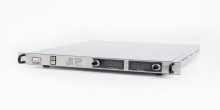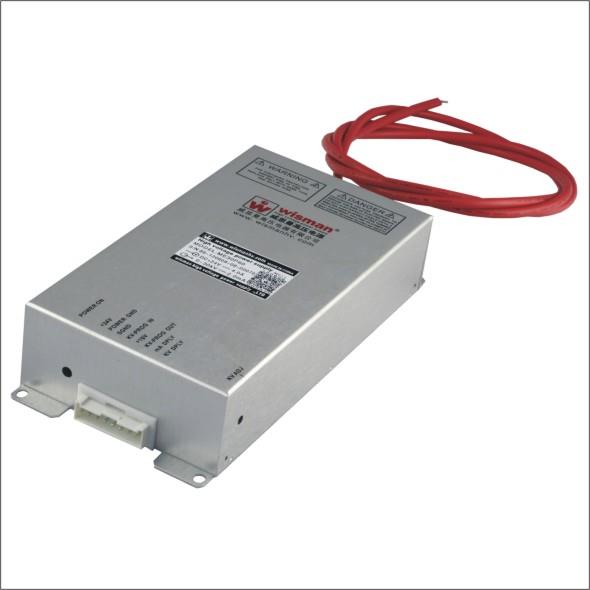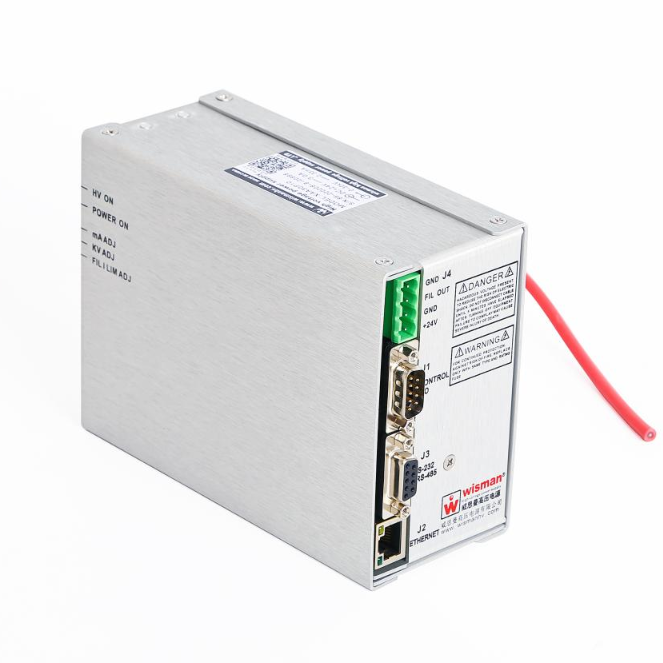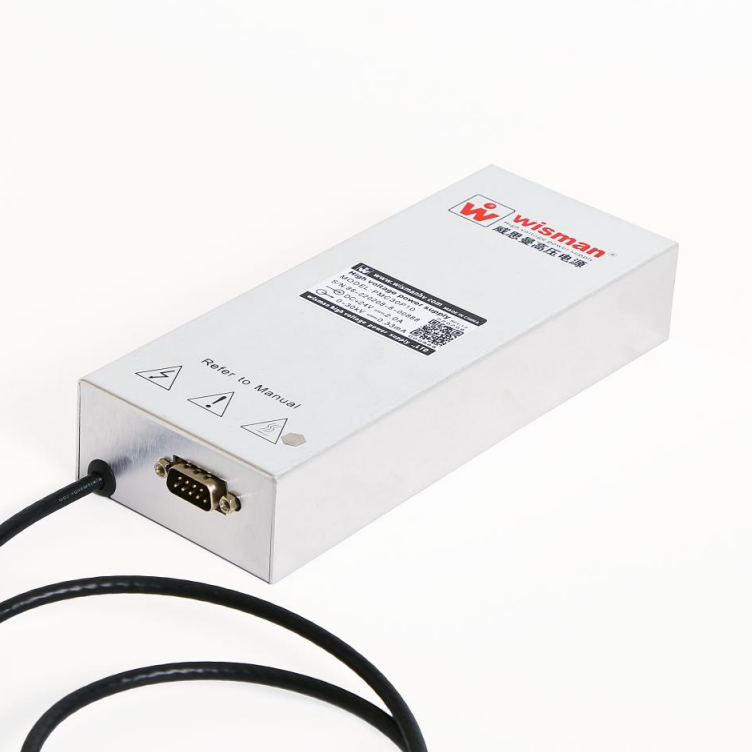Capillary Electrophoresis (CE) also known as high performance capillary electrophoresis (HPCE), It is a kind of new liquid phase separation technology using capillary as separation channel and high voltage direct current electric field as driving force. Capillary electrophoresis actually consists of electrophoresis, chromatography, and their intersections, which allows analytical chemistry to move from the microliter level to the nanoliter level, and enables single-cell analysis, and even single-molecule analysis. Double electric layer refers to the ion layer that is different from the surface of the separation surface between the two phases, which is composed of two parts of relatively fixed and free ions. Any interface immersed in the liquid will produce double electric layer. In capillary electrophoresis, both the surface of the charged particles and the surface of the wall of the capillary tube have double electric layers.
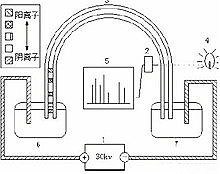
Influencing Factor
1. Buffer
The choice of buffer reagent is mainly determined by the required pH, at the same pH, the separation effect of
different buffer reagents is not the same, and some may be very different. CE commonly used buffer reagents are:
phosphate, borax or boric acid, acetate and so on.
2. pH value
The choice of pH of buffer system depends on the properties of sample and separation efficiency, which is a key to
the success of separation. Different samples need different pH separation conditions, control the pH value of the
buffer system, generally can only change the size of the electroseepage. pH can affect the dissociation ability of the
sample, and the electrophoresis speed increases with the increase of the dissociation degree of the sample in the
polar medium, which affects the separation selectivity and separation sensitivity. The pH also affects the
protonation degree of the silanol group and the chemical stability of the solute in the inner wall of the capillary.
When the pH is between 4-10, the dissociation degree of the silanol group increases with the increase of pH, and
the electroseepage also increases. Therefore, pH is a factor that cannot be ignored when the separation conditions
are optimized.
3. Separation voltage
In CE, the separation voltage is also an important parameter to control electroosmosis. High voltage is the
prerequisite to achieve fast and efficient CE. With the increase of voltage, the sample migration increases, the
analysis time is shortened, but the focal heat in the capillary increases, the baseline stability decreases, and the
sensitivity decreases. The lower the separation voltage is, the better the separation effect is, the longer the analysis
time is, the wider the peak deformation is, the lower the separation efficiency is. Therefore, the relatively high
separation voltage will improve the separation degree and shorten the analysis time, but the high voltage will
widen the spectrum band and reduce the separation efficiency. With the same electrolyte concentration, the
current value and joule heat in the non-aqueous medium are much smaller than that in the aqueous medium, so
higher separation voltages are allowed in the non-aqueous medium.
4. Temperature
The reproducibility and efficiency of separation are affected by temperature, and the size of electroseepage can be
regulated by controlling temperature. With the increase of temperature, the viscosity of buffer decreases, the
dissociation ability of silicon light base increases, the electroosmosis rate increases, the analysis time is shortened,
and the analysis efficiency is improved. However, if the temperature is too high, the radial temperature difference
in the capillary column will increase, the Joule thermal effect will be enhanced, the column efficiency will be
reduced, and the separation efficiency will also be reduced.
5. Additives
The addition of additives, such as neutral salts, zwitterions, surfactants and organic solvents, to the electrolyte
solution can cause significant changes in the electroosmotic flow. Surfactant is often used as a modifier for
electroosmotic flow. The size and direction of electroosmotic flow can be controlled by changing the concentration.
However, when the concentration of surfactant is higher than the critical micelle concentration, micelles will be
formed.
6. Sample injection
There are two conventional CE injection methods: hydrodynamic and electromigration. Electromigration injection is
to rely on the electromigration and/or electroseepage of sample ions into the sample under the action of electric
field, so it will produce electrical discrimination, which will reduce the accuracy and reliability of the analysis, but
this method is especially suitable for the buffer solution with high viscosity and CGE.
Wisman high voltage modules provide a high voltage power supply with high stability and low ripple for a full range of capillary electrophoresis.
DNA Series Features:
DC/DC, output voltage up to 30KV, output power 10W,15W; Widely used in DNA sequencing, electrophoresis, mass
spectrometer, etc. Low output ripple and noise less than 0.01% P-P; High stability 0.02% every 8 hours; Low
temperature coefficient 25PPM per degree Celsius; Spark protection and short circuit protection; External
potentiometer or external control voltage set; Positive or negative output; Optional RS-485,RS-232 digital control;
Small size, six sides of the shell shielding strong anti-interference.
PMD Series Features:
DC/DC, maximum output voltage 30KV, output power 5W,10W,20W; Low output ripple and noise less than 3mV
P-P, no micro-discharge; High stability 10ppm/ hour, 20ppm/8 hours, 100ppm/1000 hours; Low temperature
coefficient 10ppm per degree Celsius; Spark protection and short circuit protection; External potentiometer or
external control voltage set; Optional RS-232,RS-485, network port control, address can be set, addressable; Small
size, metal shell six shielding strong anti-interference; Positive or negative output available for OEM customization.
PMC Series Features:
DC/DC, maximum output voltage 30KV, output power 20W; Low output ripple and noise less than 2ppm; High
stability 0.005% per hour, 0.01% every 8 hours, 0.05% every 1000 hours; Optional TC10, 0.001% per hour, 0.002%
per 8 hours, 0.01% per 1000 hours. Low temperature coefficient 25ppm per degree Celsius, optional 10ppm per
degree Celsius; Spark protection and short circuit protection; External potentiometer or external control voltage
set; Optional RS-232,RS-485 control, address can be set, addressable; Small size, six sides of the shell shielding
strong anti-interference; Positive or negative output available for OEM customization.

